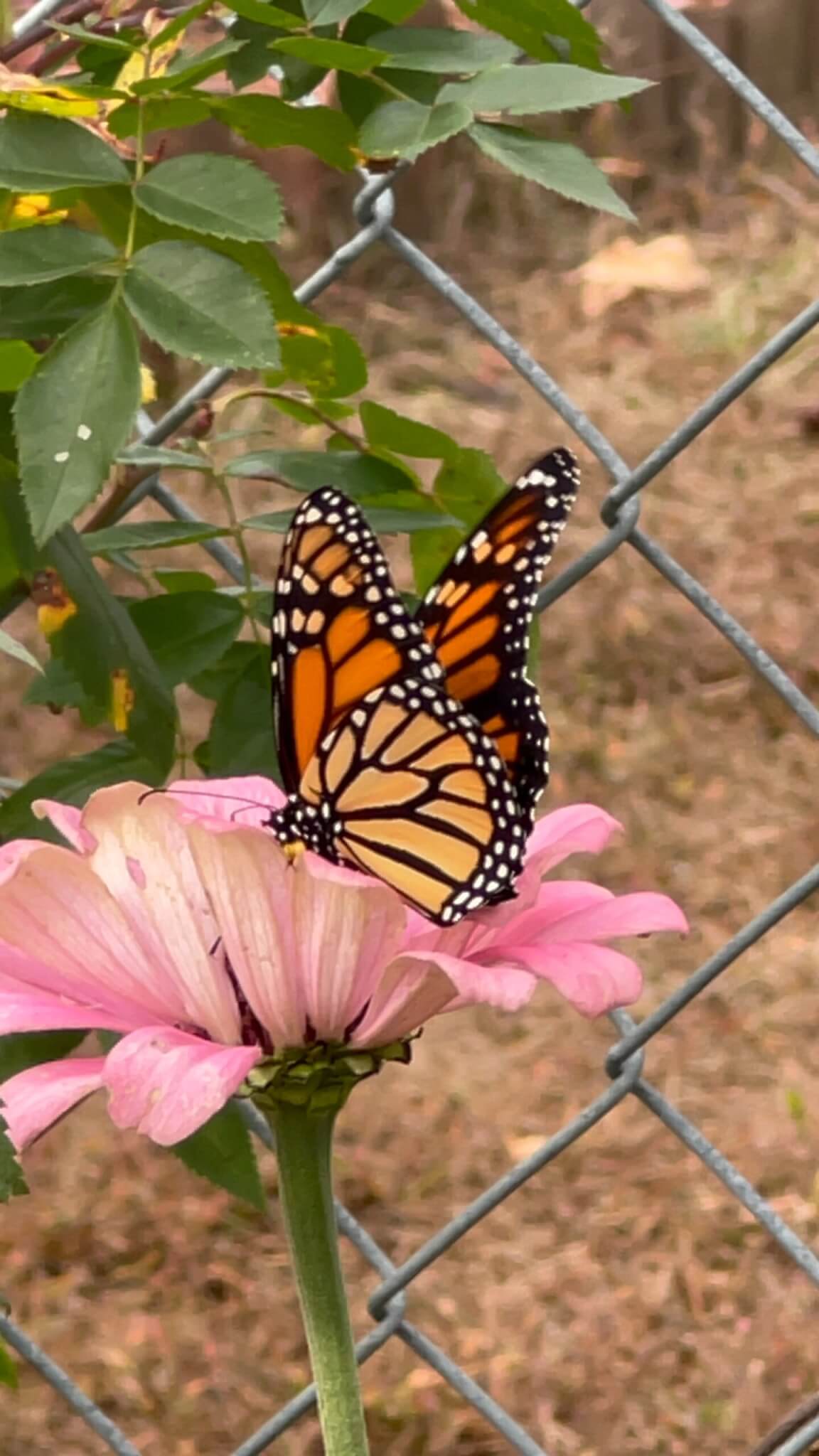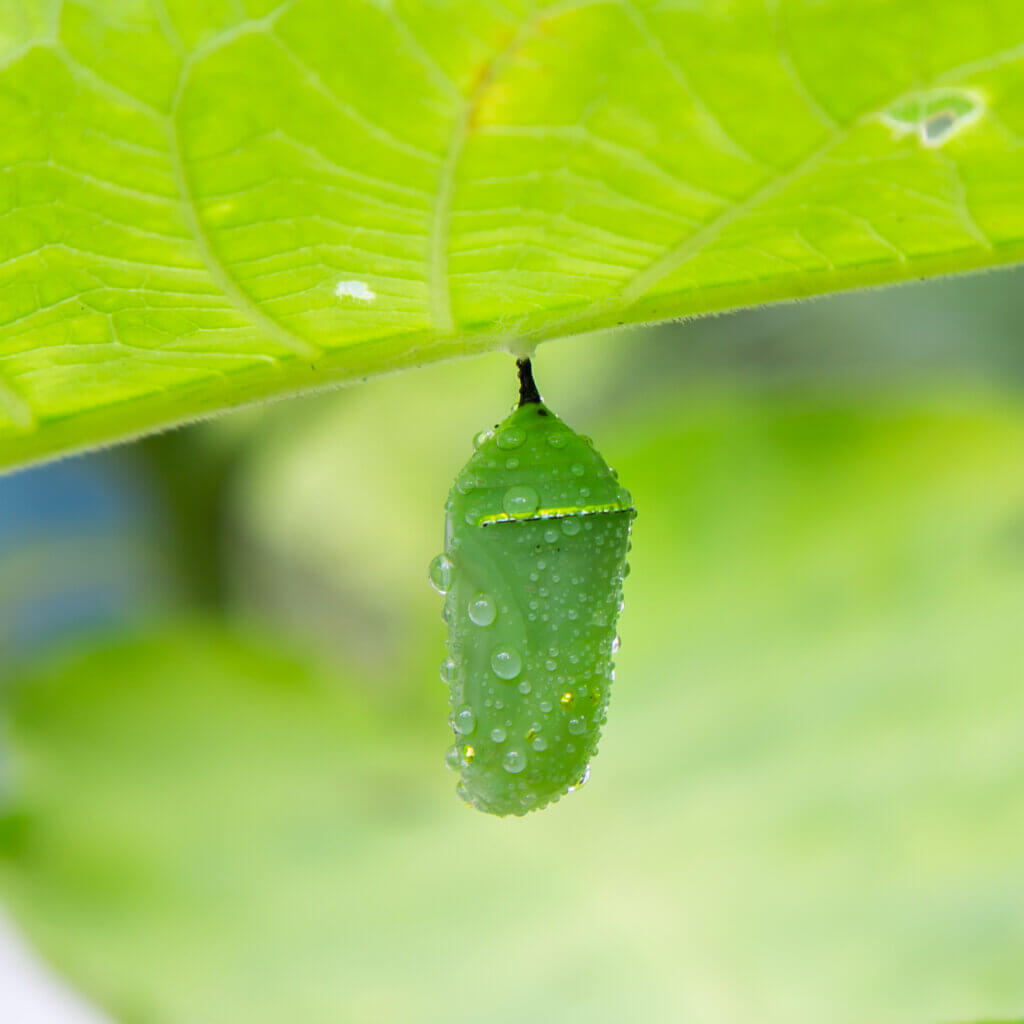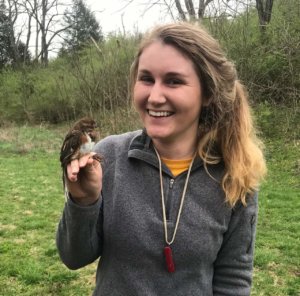How you can help the monarch butterfly from your own backyard

Following recent news on the monarch butterfly population decline, you may be considering ways to help. With the first returning monarchs beginning their migration, now is a great time to start planning your pollinator garden. No matter what type of gardener you are, planting for the monarch butterfly can be achieved in every garden. To set you up for gardening success, we’re sharing some general gardening advice to assist you in your planning process.
A critical aspect of planning is determining what plants will flourish in your garden. Determining your “Plant Hardiness Zone” is a crucial first step in deciding which plants will grow successfully in your region. The United States Department of Agriculture (USDA) is the official source of this information, and a new version of its Plant Hardiness Zone Map was released just last year. Tip: If you haven’t checked your area’s zone recently, you should revisit the map to determine if your zone has changed in the latest update, which was made in November 2023. According to the USDA, about half of the country has shifted into a new zone. For example, from where I am writing this article in Kentucky, my zone has changed from “6b” to “7a”. You can find the Plant Hardiness Zone Map here.
The map divides the United States into 13 zones, with each zone experiencing a range of 10 degrees Fahrenheit. Higher zone numbers indicate warmer regions, while lower ones indicate cooler growing zones. Once you have figured out your zone, it is much easier to search for lists of plants that survive well in these areas and start planning out your garden.
You’ll notice references to zones on seed packets, plant labels, or in gardening books or websites. Note that the zone map is specifically used for perennial plants. Perennials should re-grow from the roots or base of the plant each spring, and your zone rating determines which plants can survive the winter in your area. Growing a plant unsuitable for your zone may mean the perennial will not return the following growing season. Tip: For annual flowers such as zinnias, sunflowers, or cosmos, you do not need to pay attention to a hardiness zone; only follow the instructions on the packet for planting times. These annuals will die each winter as below-freezing temperatures arrive and must be re-planted the following spring.
A common question posed around this time of year is when planting can begin for the season. Many of us are excited to start growing with the return of longer days and warmer temperatures. However, gardeners should avoid starting too early and risking a late frost Tip: By gathering information on the last frost date for your area, you can ensure your planting efforts will be successful. The Natural Oceanic and Atmospheric Administration (NOAA) compiles a “Day of the Last Spring Freeze Map,” which compiles weather data from the last 30 years to determine when temperatures will likely dip below freezing for the last time in a given spring season. Access this map here to determine when you can start planting in your garden to avoid the risk of frost.
Even if you still have time to wait before planting, now is a great time to check with local garden centers to see whether they carry plants native to your area. Plants that grow naturally in your region will provide the best food source for the native insect community. Native plants support pollinators and the ecosystem as a whole. Tip: Local garden clubs, native plant societies, Wild Ones, or North American Butterfly Association chapters may have advice on retailers that sell native plants, as well as information on plant/seed swaps near you.

Monarch caterpillars require milkweed as their host plant and food source. Native plant nurseries will generally carry several species of milkweed. Reach out to them to determine which species they stock and what they recommend for your garden. Common milkweed (Asclepias syriaca) is a popular choice across the Midwest and eastern US. That said, due to its ability to spread quickly via rhizomes, you may consider another species unless you have a larger garden. Your local nursery growers will likely advise on what fits a particular garden setting best.
Access to blooming flowers in your garden is critical for migrating monarchs. These flowers will provide adult butterflies with nectar resources to survive and fuel their long migration. Commonly referred to as Monarch Waystations, playing on the term ‘weigh station’ like the stop points for long-haul commercial vehicles, these gardens provide milkweed for caterpillars and native nectar plants for adults. When considering what nectar sources to plant, gardeners should look to include a diversity of flowers with different bloom periods. This planning will ensure a continuous food source for monarchs during their migration and the summer-breeding months.
Popular choices for pollinator plants include, but are not limited to, coneflowers, bee balms, black-eyed Susans, tickseeds, blazing stars, partridge pea, mistflower, and joe pye weeds. Particularly during the fall, when food resources become scarce, having plants still in bloom (think goldenrod and late fall asters) can be critical for monarchs and other pollinators. Tip: A valuable resource for selecting plant options for your area is the Pollinator Partnership’s ecoregional planting guides, which provide plant lists and advice tailored to your ecoregion. The guides can be found here, and all that is required is typing in your zip or postal code to find the guide for your area.
Remember, as you get gardening for the year, that most people’s gardens are a work in progress. You don’t have to have the perfect Monarch Waystation immediately. Having some milkweed or nectar plants present is better than none. Enjoy the process, and remember the adage, “If you build it, they will come.” This saying remains remarkably true in the natural world despite requiring a bit of patience. Keep an eye out for what garden visitors you begin to see. Most importantly, appreciate your efforts to contribute to pollinator conservation!
To stay up-to-date on all things monarch conservation and more, be sure to subscribe to our e-newsletter here.

